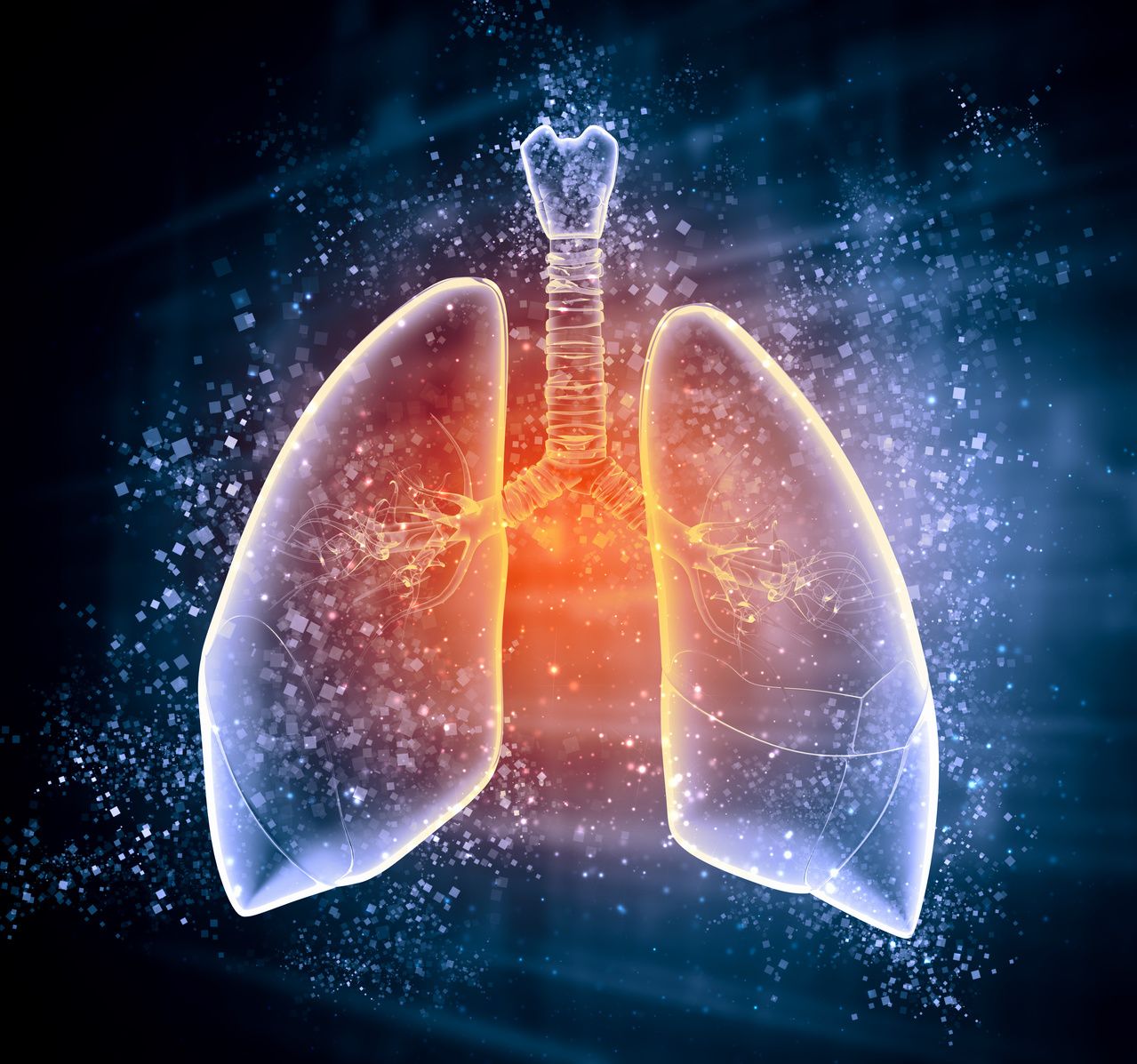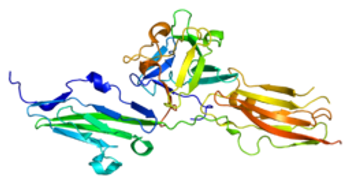
Clinical
Latest News

Latest Videos

CME Content
More News

Researchers performed a meta-analysis of genome-wide association studies of over 20,000 patients with acne, identifying 29 novel genome-wide significant acne novel susceptibility loci.

The new protocol for monitoring acute lymphoblastic leukemia (ALL) is simpler than current techniques and is at least as good as the current gold standard.

Two cancer-related micro-RNAs could serve as prognostic biomarkers for multiple myeloma bone disease as lower levels were associated with lower overall survival rates, investigators concluded.


The treatment was approved in October 2021 and is the first FDA-approved therapy to treat macular edema associated with uveitis via injection to the suprachoroidal space, which provides a more targeted delivery mechanism.

This new study explores the utility and potential of noninvasive liquid biopsies as a method of early detection in lung cancer.

Response to immunotherapy and survival outcomes were found to be significantly associated with tumor mutational burden in patients with stage IV non-small cell lung cancer.

High-risk patients and patients with a history of pulmonary arterial hypertension (PAH) had significantly different cytokine profiles compared with patients with a low risk of the condition.

Several potential biomarkers have emerged, although most still require significant validation before they can be used in the clinic.

Lessons from the early days of chimeric antigen receptor (CAR) T-cell therapy remain fresh as Kite Pharma prepares for the FDA to act on its supplemental biologics license application for use of axi-cel as second-line therapy in relapsed or refractory large B-cell lymphoma. A target action date is set for April 1, 2022.

AccessHope is a program that allows patients and community oncologists to tap into the expertise of City of Hope, often through electronic sharing of records so the patient does not have to travel.

A statement from NCCN’s Advisory Committee on COVID-19 Vaccination and Pre-exposure Prophylaxis said that the panel “endorses vaccination for all eligible persons based on FDA-approved indications or emergency use authorization” and emphasized the need for everyone to be fully vaccinated—including third doses.

The presence of FGFR2 alterations occurs almost exclusively in intrahepatic cholangiocarcinoma (iCCA) and is seen in 10% to 16% of patients. A question examined in abstracts over the past year has been whether FGFR2 alterations affect survival in those patients who receive systemic chemotherapy for iCCA.

While the number of trials for cancer immunotherapies grew significantly, combination therapies being studied increased while monotherapies decreased.

This new study synthesized data from 5 clinical trials at the University of California, San Francisco, to evaluate the utility of minimal residual disease (MRD) and serum-free light chain (SFLC) levels in predicting progression-free survival among patients with multiple myeloma (MM) receiving chimeric antigen receptor T-cell therapies.

Metastatic renal cell carcinoma (mRCC) has seen increased treatment options in recent years, including immunotherapy (IO) combinations paired with tyrosine kinase inhibitors (TKI). A meta-analysis of phase 3 trials aimed to compare and rank available first-line treatments.

To date, the relative efficacy of the 3 treatments—minoxidil and 5α reductase inhibitors (5-ARIs) finasteride and dutasteride—has remained largely unknown.

A recent analysis found a strong negative correlation between plasma THC levels and intraocular pressure in healthy adults after smoking cannabis.

However, the differences did not translate into an increased or decreased death rate among the cohort.

Robert A. Gabbay, MD, PhD, chief scientific and medical officer at the American Diabetes Association, shares his thoughts on long COVID-19 among those with type 2 diabetes and the rise of new-onset cases of type 1 diabetes throughout the pandemic.

A range of new non-serum biomarkers have been identified in recent years, but the authors of a new review urge caution until those markers are further validated.

Individuals in Taiwan who suffer from migraine were at an increased risk of developing neovascular age-related macular degeneration.

CDC releases a draft of updated opioid prescribing rules; abortions in Texas drop 60% in first month of new law as patients travel out of state; COVID-19 infections can kill an unvaccinated mother's placenta.

The model identified risk factors after 6 months of treatment for the purposes of predicting overall survival and identifying which patients could benefit from a shift in treatment.

A new report outlines helpful strategies for pediatric patients with pulmonary arterial hypertension, although experts say more research is needed to catch up with advances in the field.














































